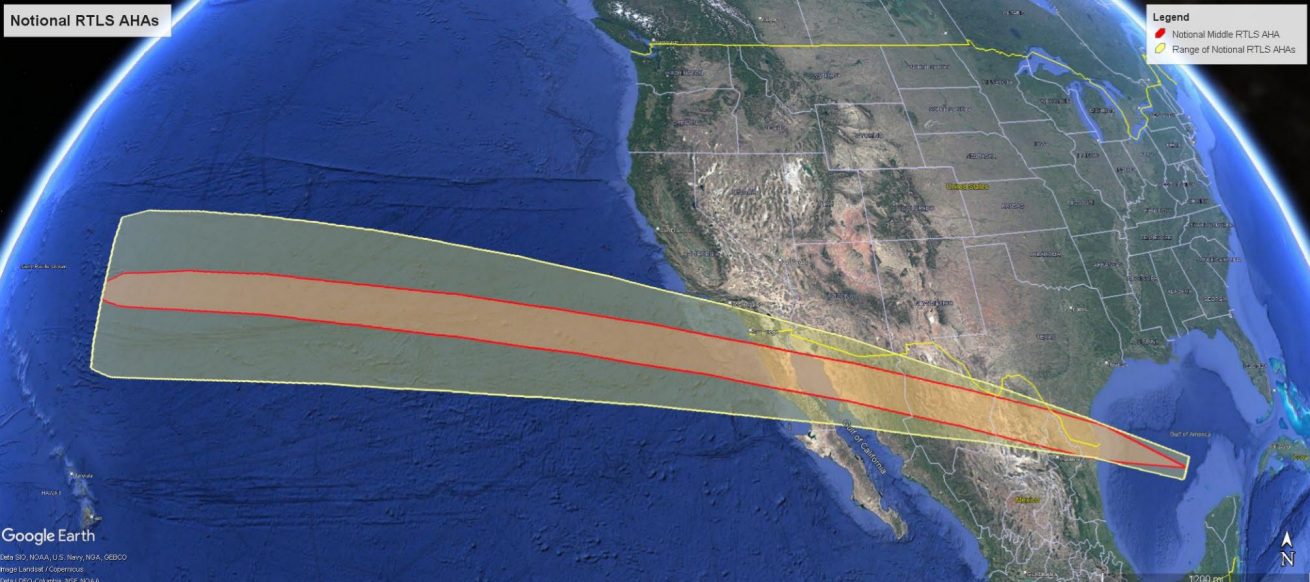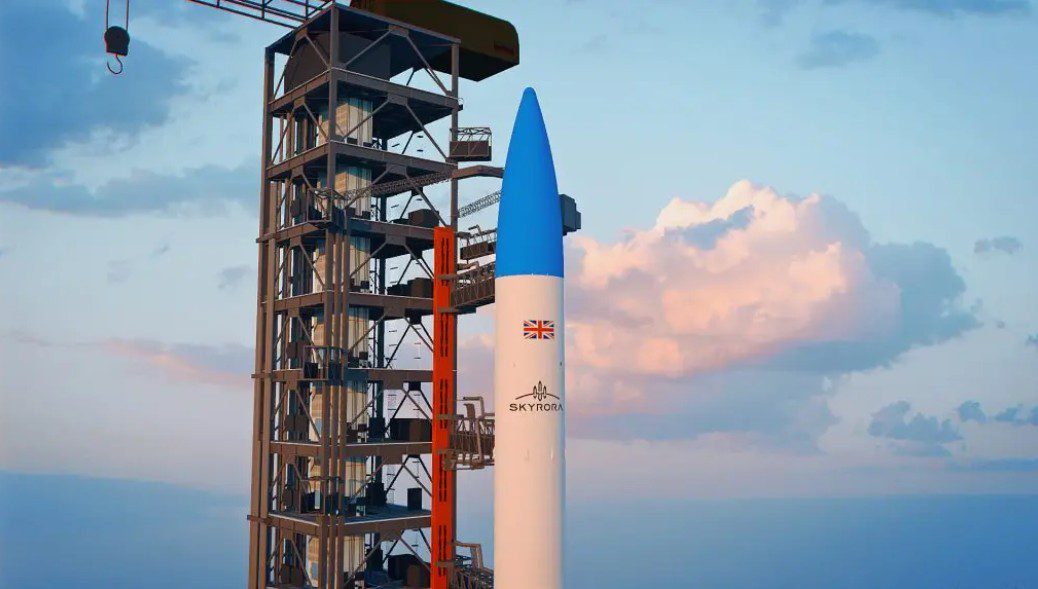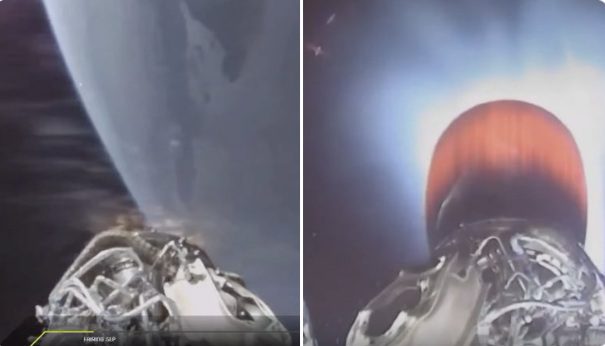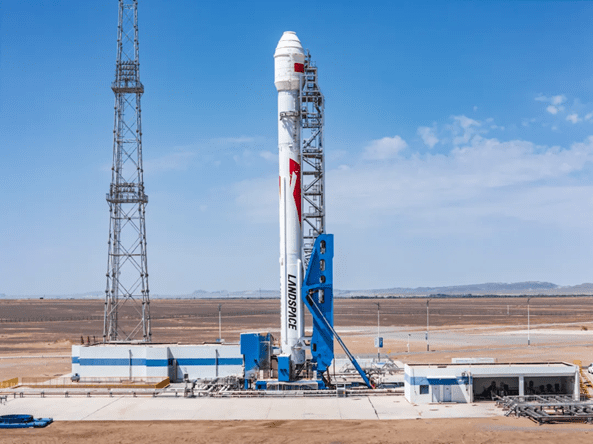An uprated GSLV 2 rocket was launched from the Satish Dahwan Space Centre at Sriharikota on 8 September 2016, carrying India’s INSAT 3DR meteorological satellite into a geosynchronous transfer orbit on its way to its eventual geostationary operating location. The launch, which took place at 1120 GMT, had been delayed by 50 minutes due to issues with the fuelling of the Cryogenic Upper Stage Project upper stage (CUSP).
Unlike earlier INSAT series satellites, the 2211 kg INSAT 3DR is a pure weather satellite, albeit carrying one transponder for data relay and another transponder for search and rescue.
This launch was the first GSLV Mk II employing the uprated CUSP, with the thrust increased from 73.55 kN to 93.1 kN and propellant loading increased from 12.8 tonnes to 15 tonnes.
Comment by David Todd: The Seradata Launch and Satellite database records its PSLV as having achieved the “nirvana” stage of most Western launch vehicles (that is, a short problematic start followed by a long continuous run of successes), but its GLSV stablemate, in all its forms, has not quite got there yet. There are signs that the GSLV, at least in its GSLV 1 and 2 types, are over the teething troubles after another good launch – the GSLV 1/2 type’s third straight success. However, so far the GSLV 1 and 2, as a joint type, has posted 5 failures out of 10 attempts. The new GSLV 3 has flown once, on a successful suborbital flight.







